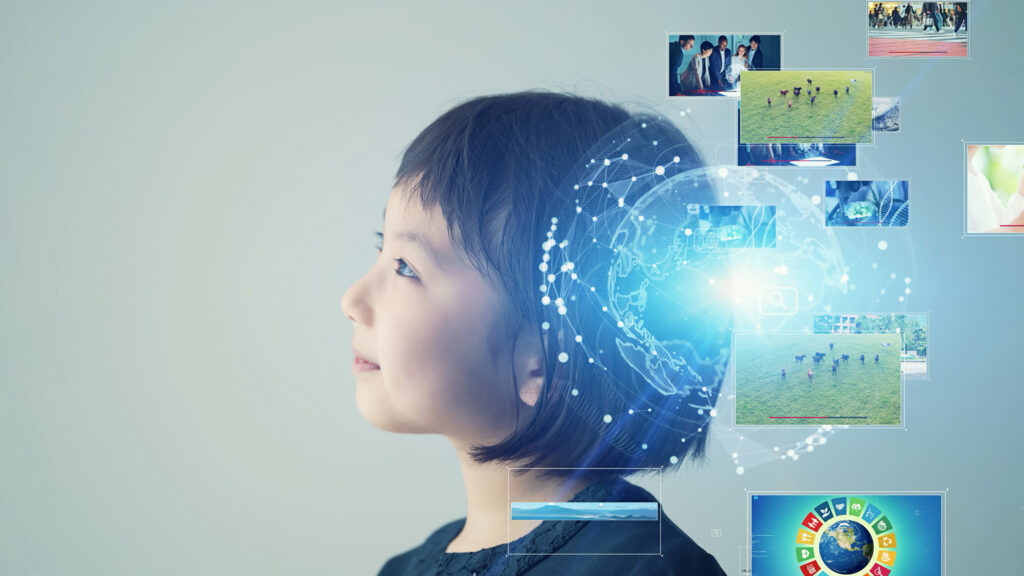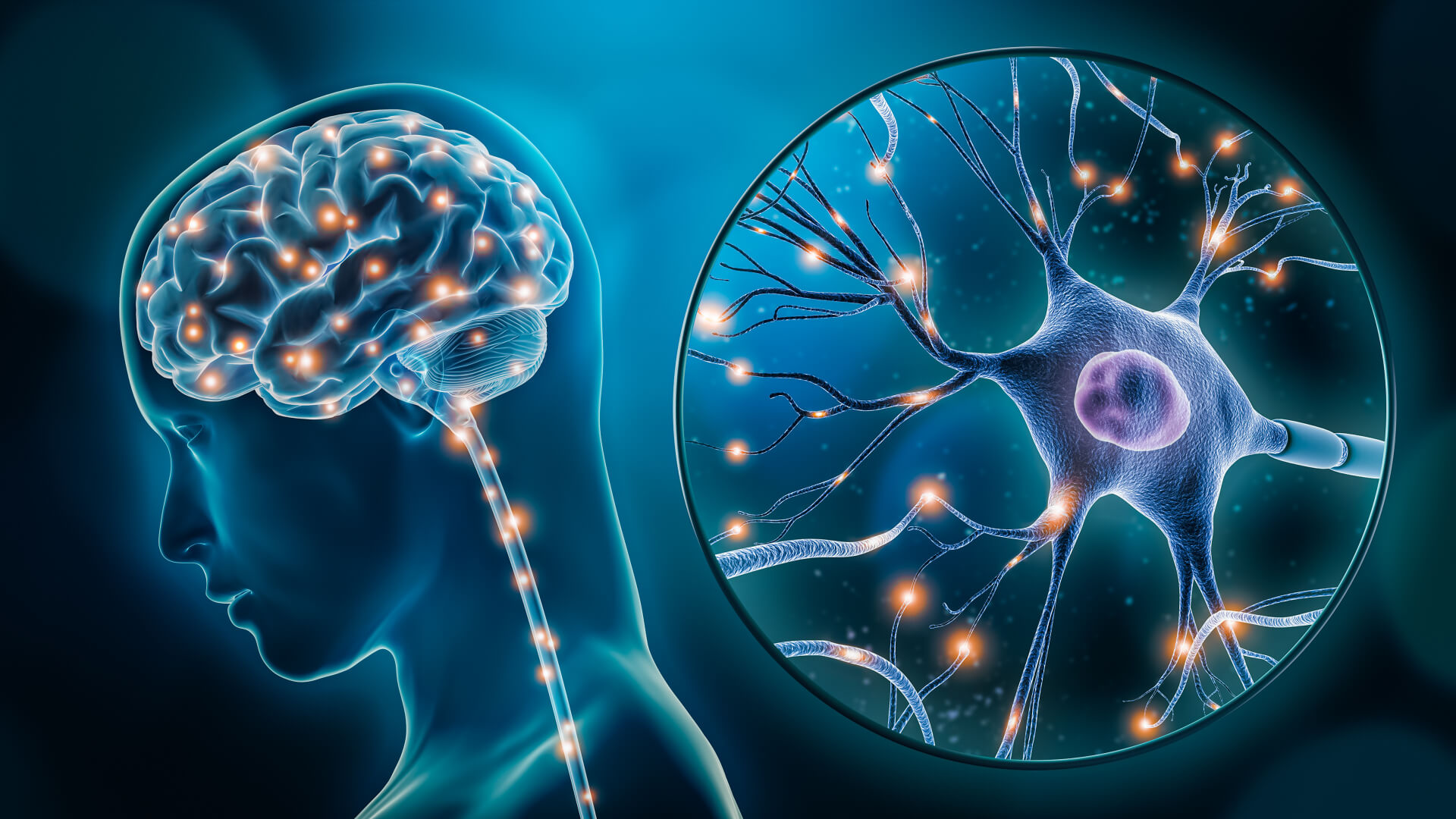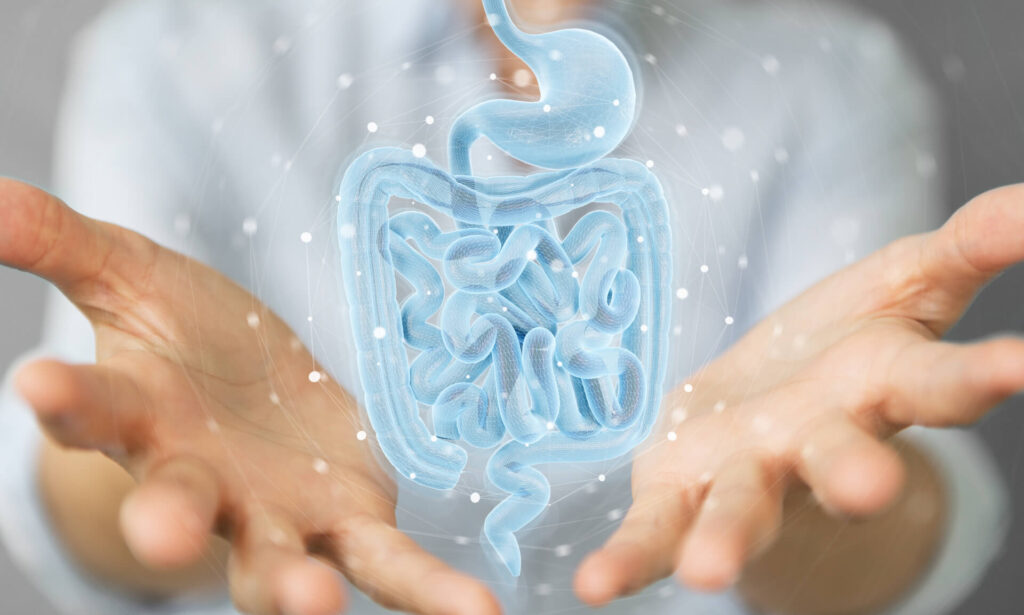What is Neuroplasticity
There are 80 billion neurons in our brains, with more connections between them than stars in the universe. Like roots, these connections can multiply, wither away, or change direction in response to their environment. In response to what you are doing, thinking and taking in from the outside world. Your brain’s ability to constantly rewire itself is called neuroplasticity. Although more “plastic” when young, rewiring can occur into old age, it just takes longer.
This article will teach you the two cardinal rules that govern neuroplasticity. Understanding how neuroplasticity works allows you to rewire your brain to a healthier, more successful version of who you are and where you want to go.
Let's Get Started: The Two Cardinal rules of Neuroplasticity
Neurons that Fire Together Become wired Together
If there is one thing to remember about Neuroplasticity, it is this: Neurons that fire together become wired together.
They become wired together because they fired together.
Imagine a father showing his daughter a paper with the letter O, simultaneously saying “OOOOO.” The visual of the letter “O” comes through the child’s eyes to her visual cortex. At the same time, the sound “OOOOO” comes through her ears to her auditory centre.
Because these two things happened at the same time, these two areas of the brain fired together and therefore, over time, they will wire together to form the child’s definition of the letter “O.”

Since most of us in the English-speaking world were given the same visual and auditory definition of the letter “O,” we share a similar wiring for the letter “O” and therefore share a similar reality of the letter “O.”
But there is more to life than the letter O. At birth, you enter a booming, buzzing, confusing world. As the weeks turn into months, new connections form between different parts of your brain, coalescing abstract colors, shapes, textures and smells into something concrete…..your mother’s face. As your mother features again and again in your life, more and more neural connections are laid down in a highly personalized fashion to define your unique experience of ‘mom’. An experience totally different than anyone else’s, even your siblings.
Suppose your mom always wore a pink nighty and sang when she breastfed you and your twin brother. The only difference was that your brother was a colicky baby, and breastfeeding led to intense pain.
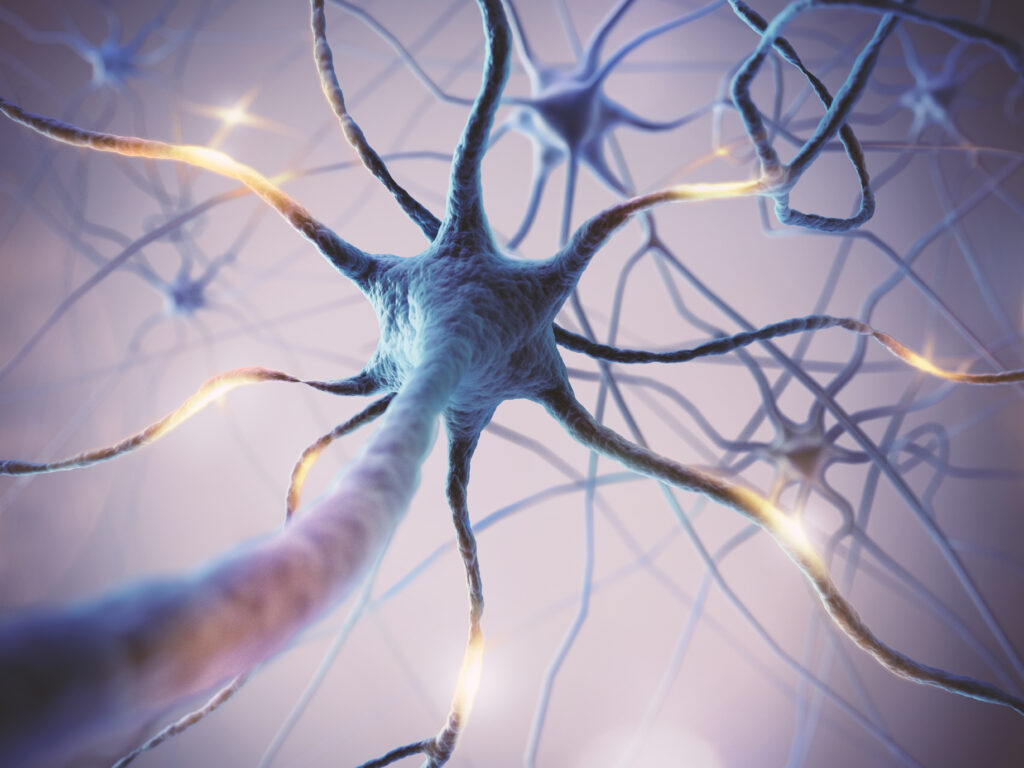
Music and pink become part of both of your “mom” neural connections. Unfortunately for your brother, the severe colicky pain sent messages from the gut to the pain centre in his brain, which sent messages to the fear/ anger part of his brain. Your brother’s fear, anger, food, pink, music, and mom neurons all fired together and therefore became wired together.
For him, the colour pink might agitate him, background music bothers him, and his idea of a romantic night is anything but a restaurant! You associate “mom,” food and satiation as so pleasurable; for him, it arouses anger, fear and mistrust. Your views of “mom” are totally different. Your views tell us very little about the real character of the person “mom” but tell us a lot about the environment around how you both experienced “mom.”
Before you get cozy with the idea that your brother is the weirdo and you are totally normal, let’s get back to that food, a pleasurable, oh-so-comforting experience. Like your brother, the food/ nurturing experience was equally intense but pleasurable and comforting for you. You develop a food-nurture-comfort network.
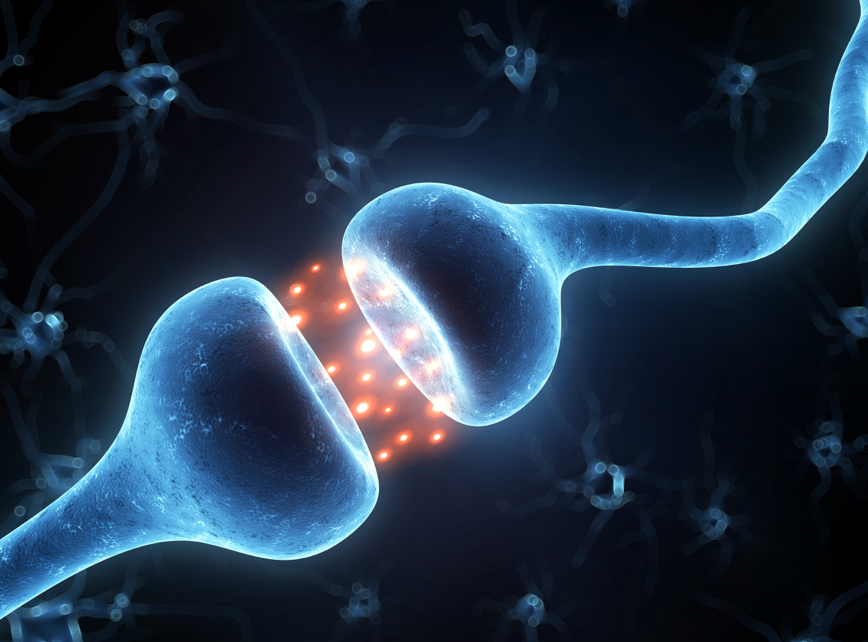
You associate food with comfort, and you turn to it for comfort. You create a food obsession. This food obsession brings up another feature of neuroplasticity.
Recruitment
Blindness leads to an exquisite sense of touch. This happens because “the touch neural network” recruits the unused visual neurons. The more time spent refining one’s sense of touch, the greater the number of neurons recruited to the “touch network.” You begin to “see” the world through your sense of touch.
The same applies to an addict. Every sunset, laughter, different scenes in a movie, and every experience reminds them of their drug. They are obsessed with the desire to recreate the intense raw pleasure of being high. More and more neurons are recruited to their “addiction network” until all roads, all neural connections lead to cocaine.
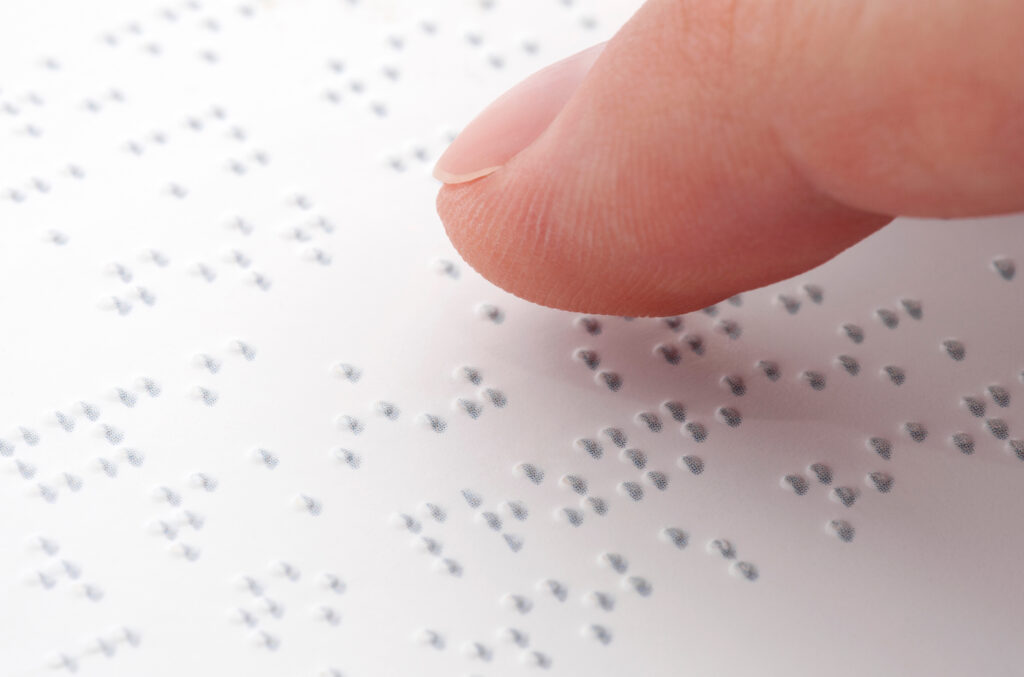
Substitute addict for food, lover, career, power, money, past trauma or political obsession. Whatever you spend your time doing, whatever past, current or future event you obsess about, you are rewiring your brain and recruiting more and more neurons into that obsession. Because you evaluate everything around you through your pre-existing networks, you begin to “see” the world through your obsession.
Neuroplasticity humbles us. It confirms that our view of the world is purely perspective because our view of the world reflects what neurons fired together and then wired together. Wired together through choice or by force. Neuroplasticity explains why we can get into ruts, why those messages in our brain that we are not good enough…, fill in the blank enough, begin to take over and become our reality.
Neuroplasticity makes us realize that the way we see the world says more about us than it does about the world, because our brains have been “softwired” by our experience.
“Softwired”, because we can change it. Neuroplasticity.
